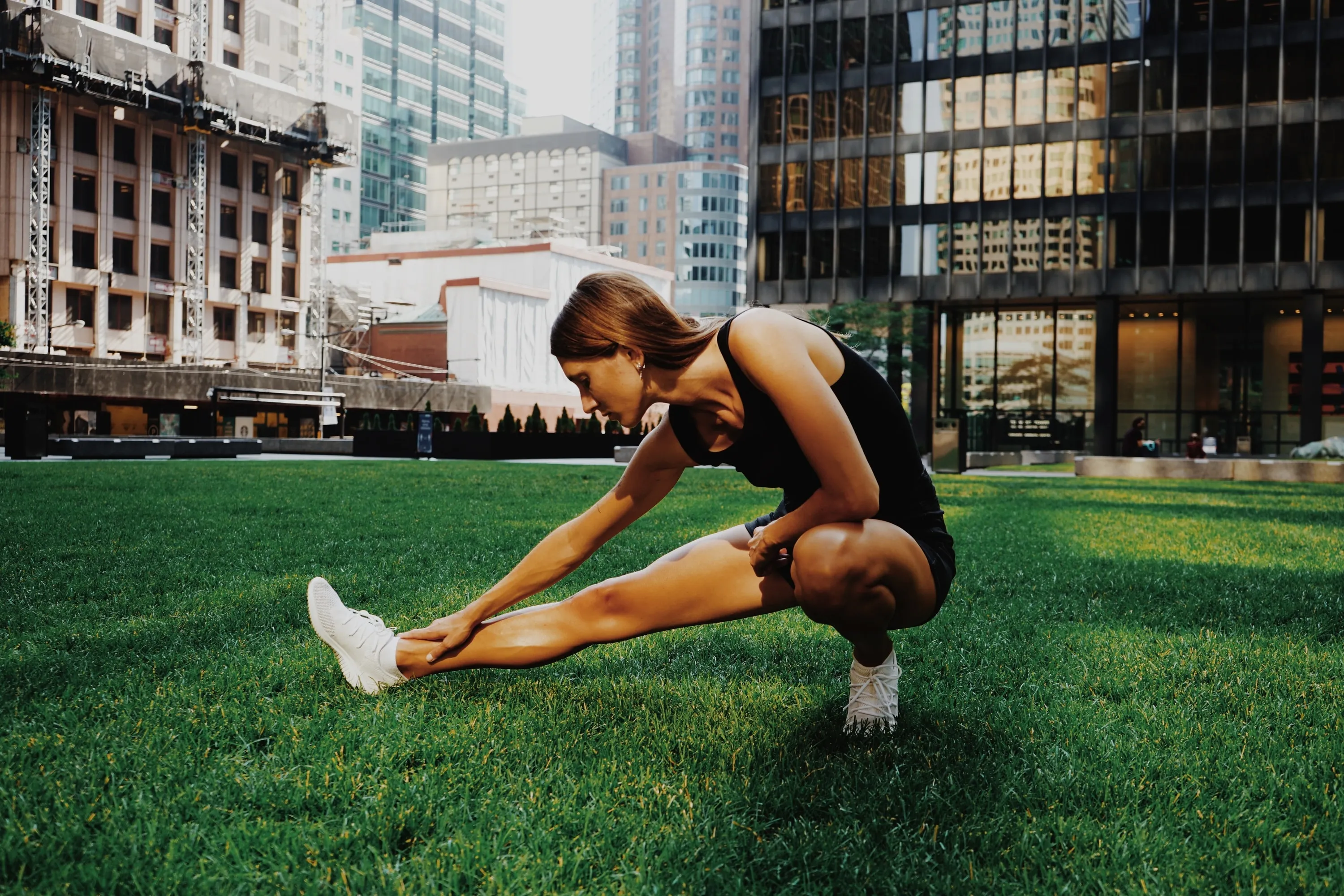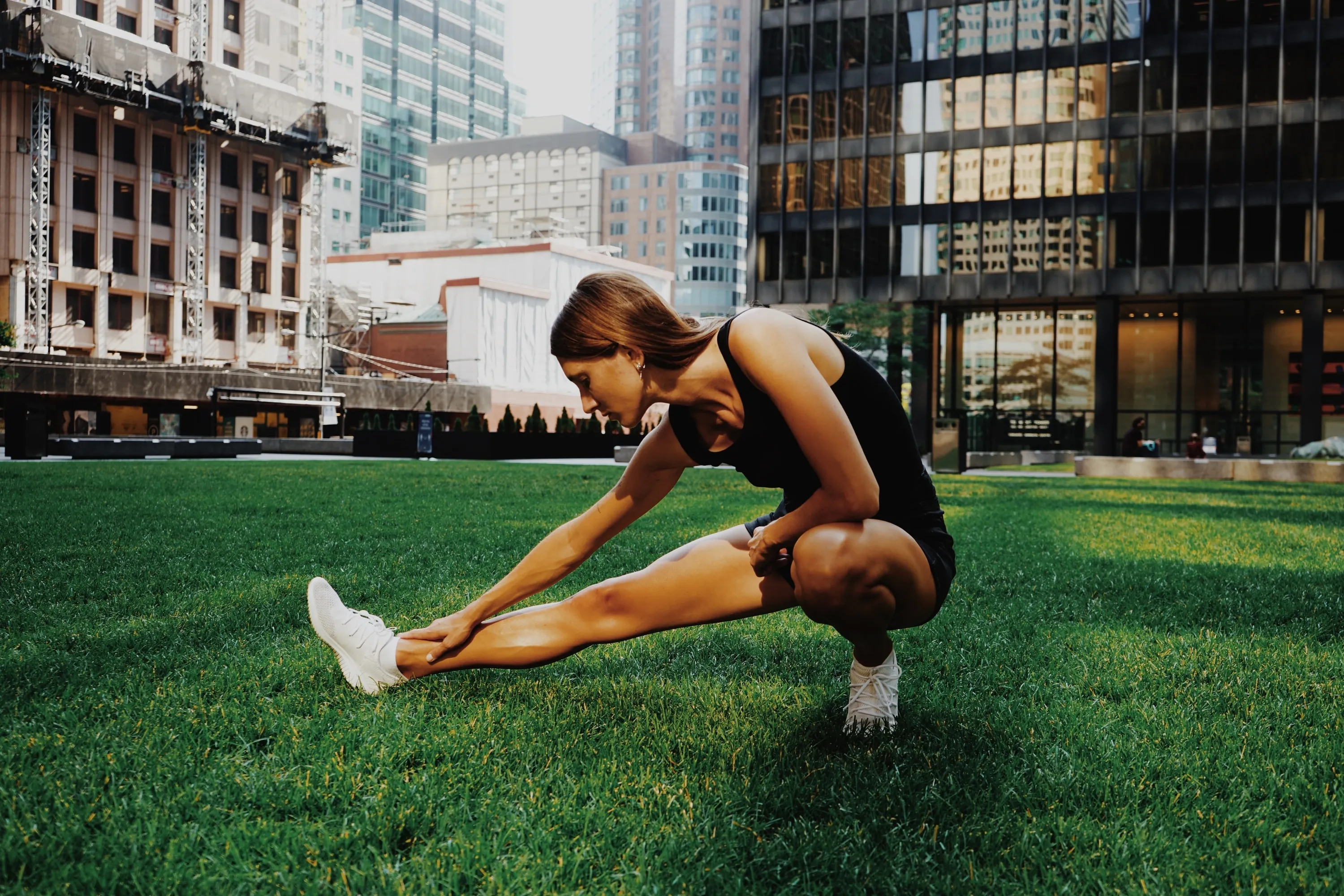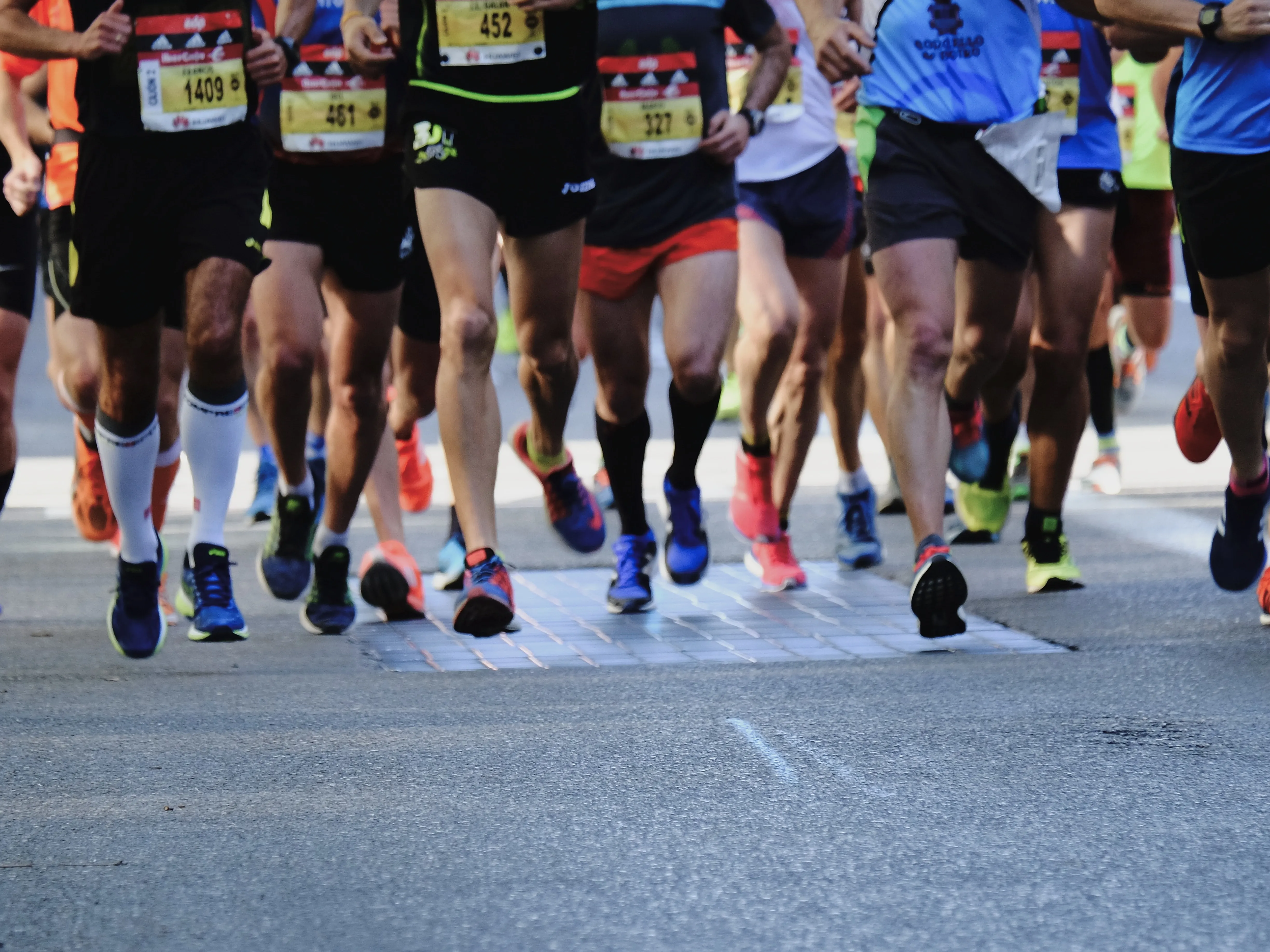
Nothing quite compares with the feeling of wind on your face as you cruise down a trail. But while running may seem like a straightforward activity, it’s far more complex than most people realize, especially when it comes to flexibility. Many runners neglect flexibility training, yet it’s an integral component of a comprehensive running program. Here’s why flexibility matters and how you can improve yours for better running performance.
The Role of Flexibility in Running

Simply put, flexibility is the range of motion in a joint or series of joints and their associated muscles. In running, good flexibility ensures that your joints move through a full range of motion, allowing you to run more efficiently and with less risk of injury. With the repetitive nature of running, having stiff muscles can increase the impact forces on your joints, leading to discomfort or, worse, injury.
Flexibility also helps you maintain better running form, which is key for efficiency and endurance. Tight muscles, like hip flexors and hamstrings, can alter your stride pattern and leave you more susceptible to suffering from common running injuries such as runner’s knee, IT band syndrome, or shin splints.
Consequences of Neglecting Flexibility
Tight muscles can be a precursor to injury. But apart from that, they can affect your overall performance. When your muscles are inflexible, they need to work harder to move, which ultimately drains your energy faster. Consequently, this can limit your running performance and increase your recovery time post-running.
Similarly, inflexible muscles can cause biomechanical imbalances. When one muscle group is tight, it often leads to compensation in another muscle group to maintain balance and stability while running. This can also lead to an overuse injury when these compensatory muscles are pushed beyond their limits.
Steps Towards Greater Flexibility
The good news is, improving flexibility isn’t a complicated process, but it does require consistent effort. Incorporating the following techniques into your regular routine will help loosen tight muscles and improve joint flexibility.
-
Stretching: Stretching post-run can help increase flexibility, reduce muscle tension and enhance recovery. Incorporate both dynamic and static stretching into your routine.
-
Strength training: Strengthening your muscles not only helps prevent injury but also contributes to greater flexibility. Strong muscles can handle the demands placed on them more efficiently, allowing for greater range of motion.
-
Foam rolling: This can help break up muscle adhesions and scar tissue that often lead to tight, inflexible muscles.
-
Yoga: Yoga poses require you to move your body in ways that are different from your typical running movements. This can help improve your overall flexibility and balance.
Remember that progress in flexibility, as with all aspects of fitness, comes with time and consistency. Implementing these steps regularly over time will help boost your flexibility, which in turn, will improve your running performance and decrease your risk of injury. Happy stretching and running!





